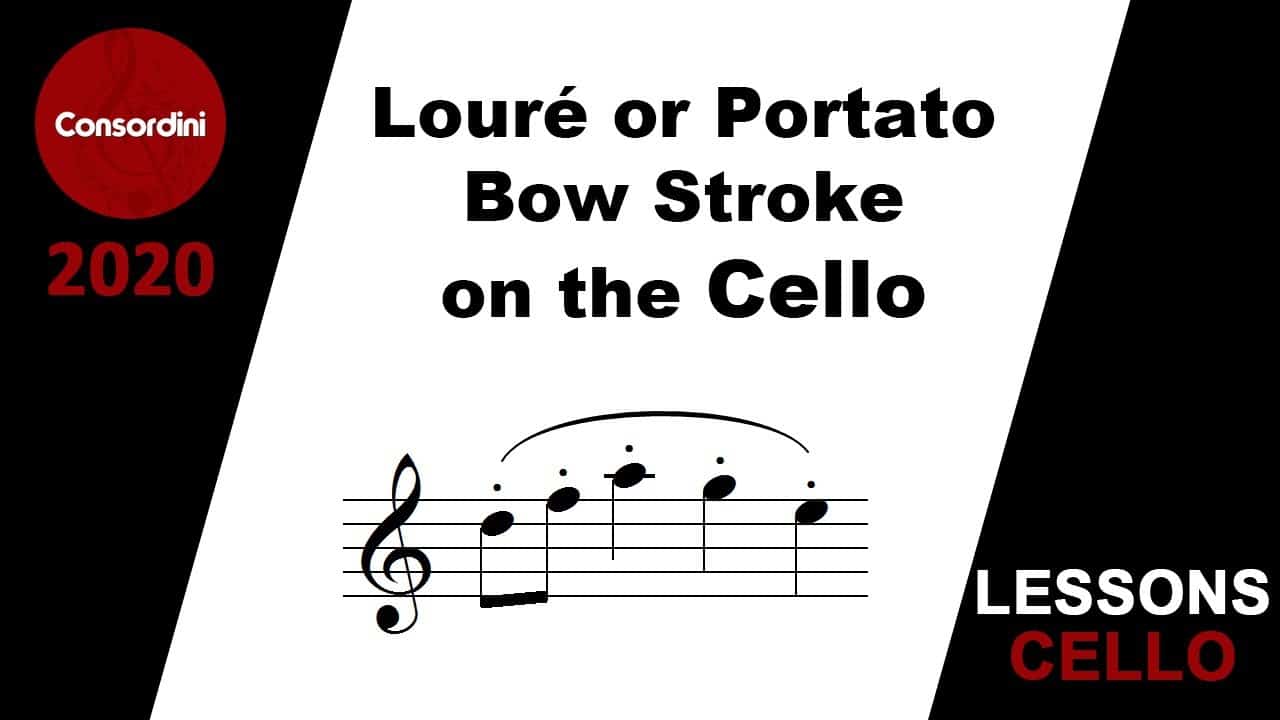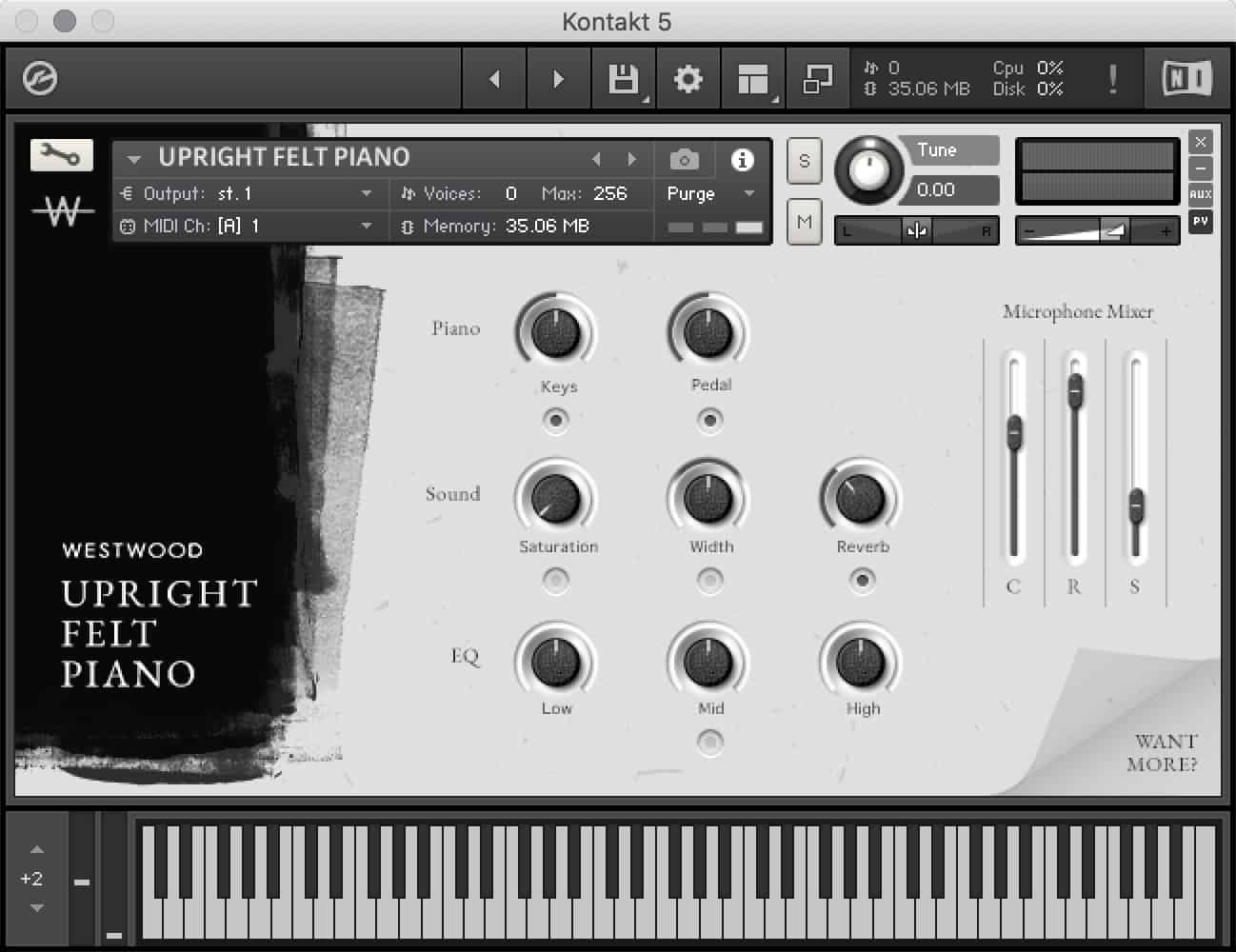Louré or Portato Bow Stroke on the Cello
hank you for watching our video on louré, or portato, bowing.
In our lessons series so far we’ve mainly covered legato, or long bowing.
But in between long, connected bows and separated bows there is an in between, where separate bows can be articulated without changing bow direction, and this is the portato, or louré bowing.
There are a few ways you’ll see this bowing notated. The first way is to see dots, which normally mean staccato, or short playing, underneath a slur, which usually means long, connected playing.
The other way (and it may be used in conjunction) is to see bowing markings individually marking subsequent notes as all up or all down. Variations on this are used when the composer wants to notate something more specific.
The way that we achieve this effect is by using the index finger of our bow hand to add and release weight in the string, so that the bow is always pulling the string, but we hear a volume and articulation difference with the degree to which the bow is pulling the string.
The usefulness of this is that we get to have separated notes without having to have the crispness or sometimes harshness of a bow change.
Instead, we can re-emphasize the note, keeping the sustain of the note completely intact, and allowing for a smoother, often more intimate sound.
The excerpt I play in this video is from the second movement of Beethoven’s 7th Symphony, which starts very delicately, and so everything has to be very nice and smooth.
The fact that different bow strokes have developed over time is because of advances in the bow making process. Originally bows were convex, instead of concave, and this limited the flexibility and hence the bowing styles possible.
For example, spiccato – bouncing the bow while playing fast repeated notes – wouldn’t have been possible, even though a strong marcato would be.
Since bow technology has developed, we’ve been able to create at least a dozen distinct bowing approaches.
I maintain that between bow control and intonation, bow control is the harder of the two.
It’s already so hard to be finding the right notes, that focusing on how your fingers hold and use the bow can feel irrelevant or overwhelming. But it’s the most important part of the cello!
Because how many people say they love the cello for how in tune it is or how fast it can play compared to how many people say they love the sound of the instrument. That’s the money maker.
It’s not that essential to practice portato endlessly. Practicing spiccato actively is of more use.
But one exercise that, of all practice exercises, probably will be of the most long term benefit with only five minutes, is simply to hold the bow, and stretch your fingers, being able to both hold the bow and use the full range of motion of flexibility with your fingers.
If you can do this, a lot of these bow exercises will be available to you with greater ease.
What are some other examples you can find of music that would benefit from portato? If you find anything, please share it! As well as your own story of practicing.
We are trying to create a great cello lesson community, and hope everyone can benefit on their own cello journey to playing as beautifully as you always imagined.










